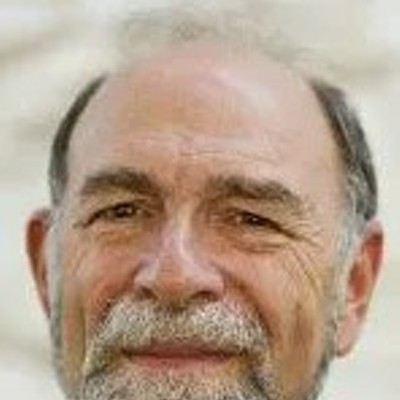I did not know Sonya Massey. But I do know this about her: She
should be living among us, loving her family, complaining about the heat,
singing along with her favorite music, stretching a dollar, laughing at life’s
absurdities and crying over its injustices. She should be savoring her joys and
struggling with her fears, trying to make her way in the world – just being
human.
And, being human, she should have been able to rely on the
compassion of, or, at the very least, the helpful attitude of a fellow human,
especially one who had pledged to serve and protect. Instead, her name now
joins the long list of people of color whose lives have been taken by whites
who should never have been given a badge and a gun.
What must they see, these individuals, when they look at an
unarmed woman and shoot her in the face three times, when they cavalierly press
their knee into the neck of a man who’s already been taken down and ignore his
pleas for air, when they inject an overdose of ketamine into a 140-pound youth
who’s already unconscious from being put into a carotid chokehold?
What must they (individuals, not the entire law enforcement
community) see, indeed! Do they look at those they’re supposed to help and see
only someone with a darker skin tone than their own? Do they immediately
perceive them as “other?” As “less than?” Looking through the distorted lens of
racism makes it impossible to see the face of our shared oneness.
Let’s look for a moment through a much clearer lens, one
provided in the sacred texts and corollary writings of the Baha’i Faith. “O
children of men!” Baha’u’llah proclaimed, “Know ye not why We created you all
from the same dust? That no one should exalt himself over the other ...”
While universal in scope, the Baha’i texts also reference
particular groups of people, notably Native Americans and African Americans,
and extol them for their inherent spirituality and purity of heart. People of
color are compared to the pupil of the eye, surrounded by the white. “In this
black pupil is seen the reflection of that which is before it, and through it,
the light of the spirit shineth forth.”
Commenting on the functions of the pupil, ophthalmologists
Dr. May Khadem Czerniejewski and Dr. Richard Czerniejewski explain, “The pupil
of the eye is a portal which admits and regulates the flow of light to the
retina. Without this passage, no images are perceived. … The pupil has the dual
function of light gathering and modulation. Light, which unites all colors and
is composed of all colors, illuminates physical reality. … The black appearance
of the pupil is deceptive. The pupil appears black only until the inside of the
eye is illumined. Then it becomes radiant, filled with a warm reddish-orange
glow. With this reflection from the inside of the eye, the pupil itself becomes
a source of illumination.”
That the Black race is compared to the pupil of the eye in
Baha’i texts is no mere poetic expression of brotherhood. It is, rather, an
affirmation of a special spiritual endowment bestowed upon a people so long and
cruelly oppressed. That they will become a “source of illumination” to this
country is proclaimed with certainty.
I did not know Sonya Massey. But I do know this about her:
Her life on this earth had meaning and purpose, but it was unjustly taken from
her; she did not get the opportunity to finish becoming. The best way to honor
Sonya and all those others who’ve fallen victim to violent racism is for all of
us to rise up, now, not with vengeance in our hearts but with resolve – a righteous
resolve to eradicate racism. We all view things through racism’s distorted lens
– at least sometimes. Racism is so embedded in this society that no one is
immune from its effects. Everyone of every race has a part to play in its
eradication. The first step should be for each of us to examine our own biases
and “submerged racism” and begin the process of rooting them out. Additionally,
everyone has their own sphere of influence, their path, whether it is limited
to family or extends to the wider arena where laws and policies are enacted. Find
your path. Please do it now.
Nancy Flood-Golembeck is a retired teacher and long-time
member of the Baha’i Faith. In addition to serving on the local Baha’i
governing body, she is currently writing a memoir.


















